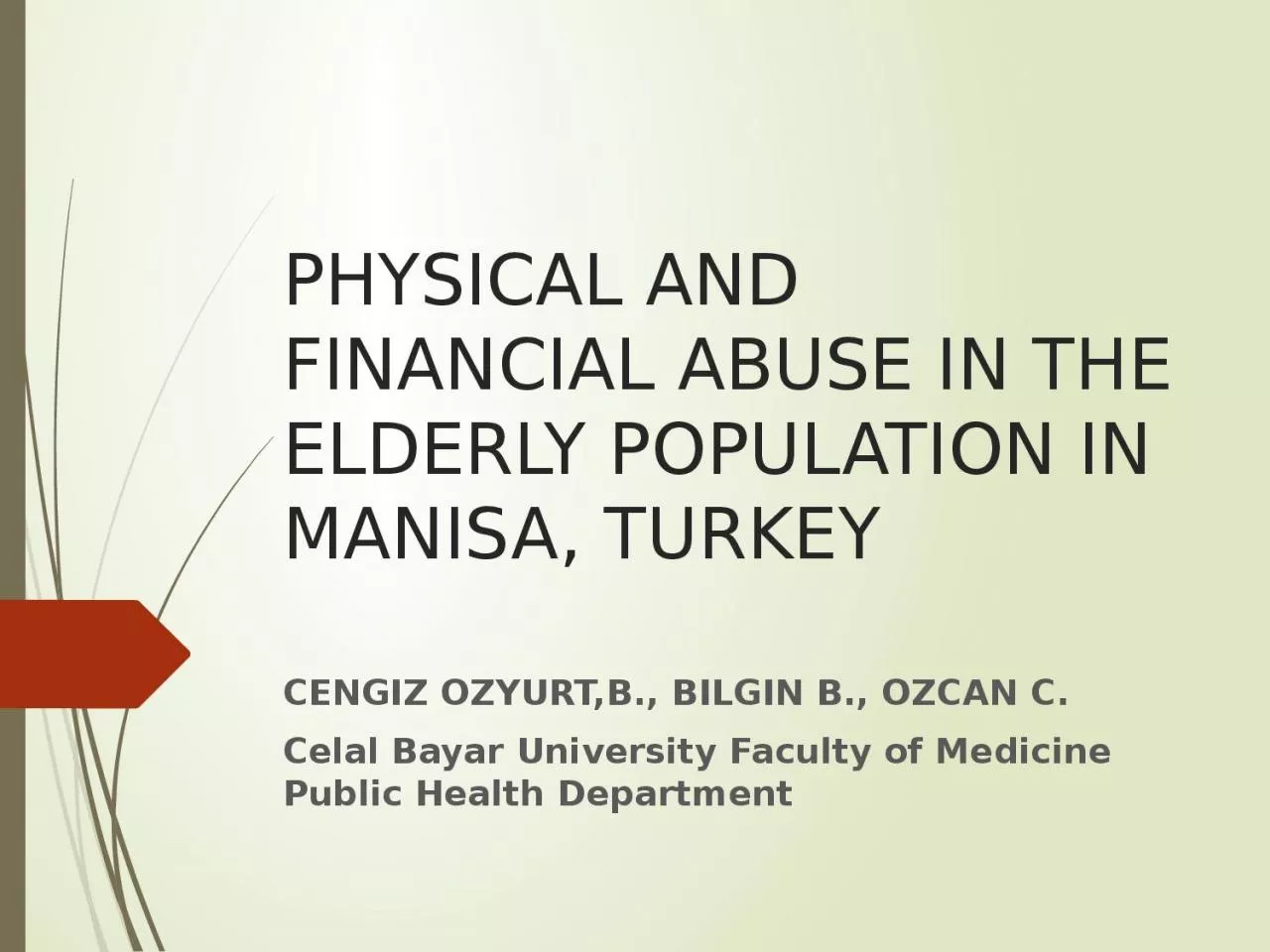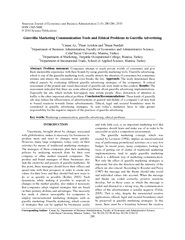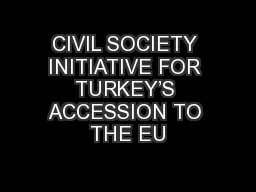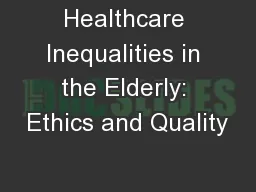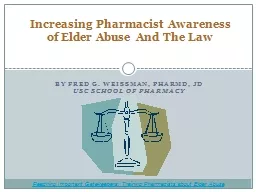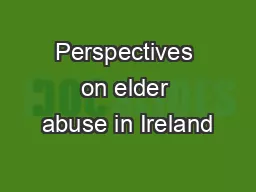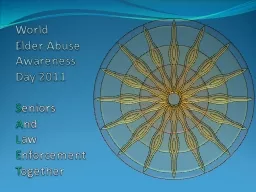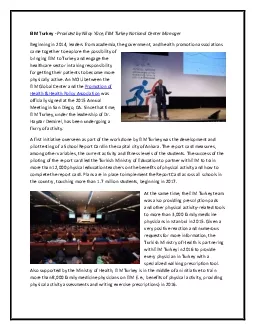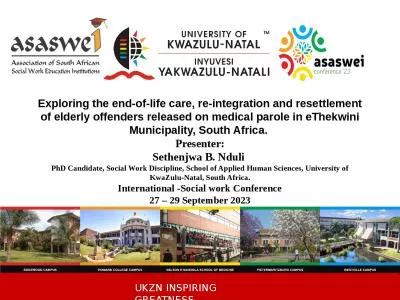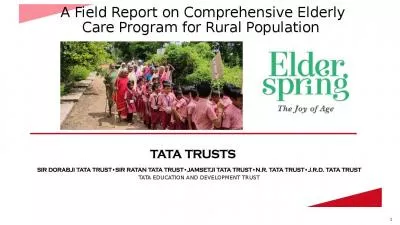PPT-PHYSICAL AND FINANCIAL ABUSE IN THE ELDERLY POPULATION IN MANISA, TURKEY
Author : ximena | Published Date : 2022-06-15
CENGIZ OZYURTB BILGIN B OZCAN C Celal Bayar University Faculty of Medicine Public Health Department Elder abuse is a single or repeated act or lack of
Presentation Embed Code
Download Presentation
Download Presentation The PPT/PDF document "PHYSICAL AND FINANCIAL ABUSE IN THE ELD..." is the property of its rightful owner. Permission is granted to download and print the materials on this website for personal, non-commercial use only, and to display it on your personal computer provided you do not modify the materials and that you retain all copyright notices contained in the materials. By downloading content from our website, you accept the terms of this agreement.
PHYSICAL AND FINANCIAL ABUSE IN THE ELDERLY POPULATION IN MANISA, TURKEY: Transcript
Download Rules Of Document
"PHYSICAL AND FINANCIAL ABUSE IN THE ELDERLY POPULATION IN MANISA, TURKEY"The content belongs to its owner. You may download and print it for personal use, without modification, and keep all copyright notices. By downloading, you agree to these terms.
Related Documents

